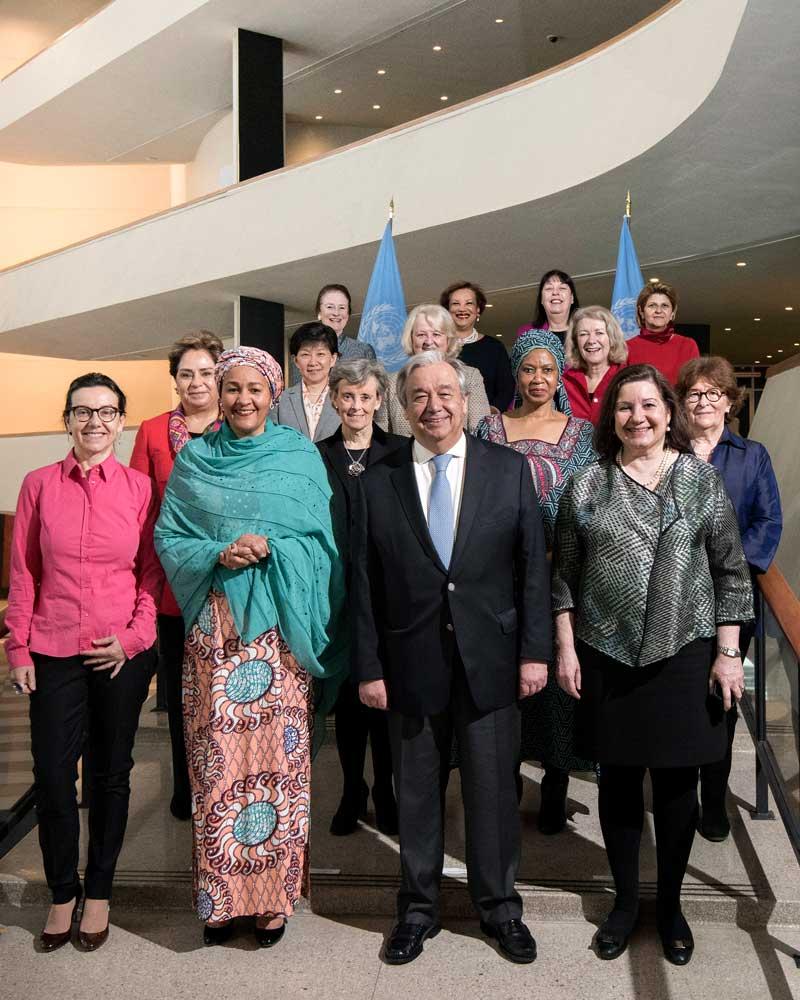Gender Parity Strategy
Gender Parity and the Reform Process
Gender parity in the system, at all levels, is essential to the UN reforms. It will contribute to the modernization of the institution, and is imperative to the credibility, effectiveness and impact of the organization in the lives of the people it serves.

The Gender Parity Strategy aims to create a more diverse, inclusive, gender balanced United Nations that works for all its staff. It includes recommendations related to hiring and retention, special measures, addressing unconscious bias in recruitment, and creating a conducive working environment.
Main Priorities
The United Nations-wide Gender Parity Strategy sets targets for equal representation of women and men, with specific commitments in the following areas: leadership and accountability; senior management; recruitment and retention; creating an enabling environment; and field operations. It is not simply about achieving quantitative goals, but about fostering an inclusive workplace, and transforming the institutional culture so that the Organization can fully deliver on its mandate.
Progress to Date
To date, gender parity has been reached in the senior management group of the Secretary General, and among Resident Coordinators. All Secretariat units have developed their own implementation plans for the strategy, setting targets for themselves to achieve parity at all levels. Today, the organization has the highest number of women as of heads of missions and deputy heads in peace operations in its history.


